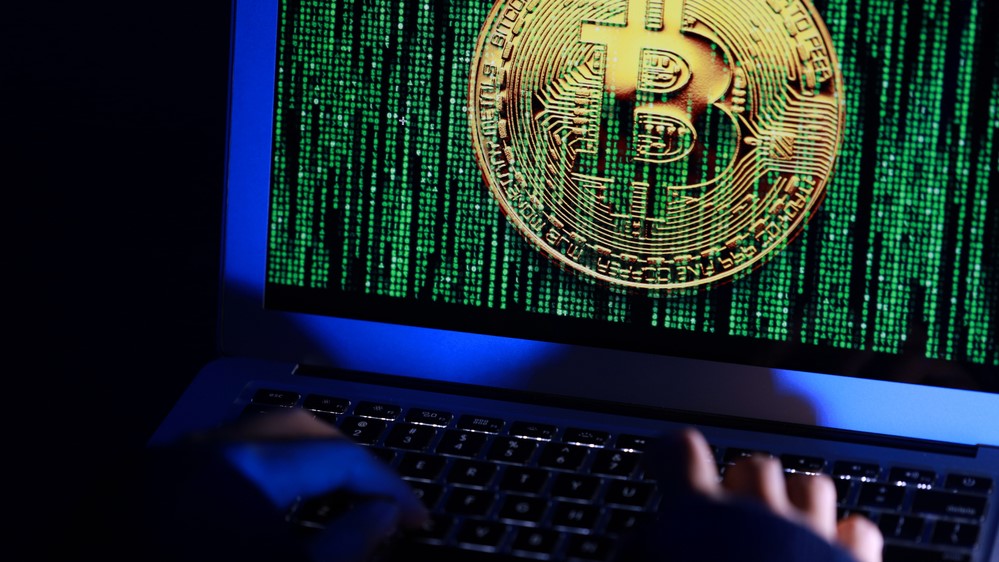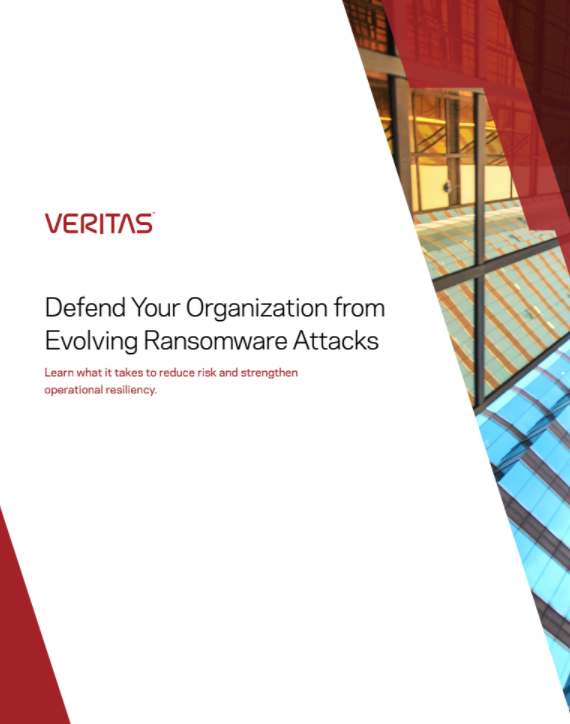DarkSide hackers have raked in more than $90 million in Bitcoin
The hacking group responsible for the Colonial Pipeline hack has made roughly $1.9 million per victim


The DarkSide ransomware group, which is thought to be behind the attacks on the Colonial pipeline, has made around $90 million in Bitcoin from 47 victims.
According to cyber security firm Elliptic's co-founder and chief scientist Tom Robinson, victims made just over $90 million in Bitcoin ransom payments to DarkSide, originating from 47 distinct wallets. According to DarkTracer, DarkSide ransomware has infected 99 organizations, which suggests that around 47% of victims paid a ransom, and the average payment was $1.9 million.
“To our knowledge, this analysis includes all payments made to DarkSide, however further transactions may yet be uncovered, and the figures here should be considered a low bound,” said Robinson.
Cyber criminal gangs such as DarkSide have established a ransomware-as-a-service business model where they develop the malware but allow other hackers to breach victims. DarkSide then splits the proceeds between themselves and their affiliates.
In DarkSide’s case, the developer reportedly takes 25% for ransoms less than $500,000, but this decreases to 10% for ransoms greater than $5 million.
Blockchain analysis makes money split clear, with the different shares going to separate Bitcoin wallets controlled by the affiliate and developer.
RELATED RESOURCE

Defend your organisation from evolving ransomware attacks
Learn what it takes to reduce risk and strengthen operational resiliency
Robinson said the DarkSide developer has received Bitcoins worth $15.5 million (17%), with the remaining $74.7 million (83%) going to the various affiliates.
Sign up today and you will receive a free copy of our Future Focus 2025 report - the leading guidance on AI, cybersecurity and other IT challenges as per 700+ senior executives
Further analysis allowed the firm to see where the cryptocurrency was being spent or exchanged. Most of the funds were sent to cryptoasset exchanges, where they can swap them for other cryptoassets, or fiat currency, said Robinson.
Robinson said that most cryptoasset exchanges comply with anti-money laundering (AML) regulations, verifying customers’ identity, and reporting suspicious activity, such as ransomware proceeds.
“However, some jurisdictions do not enforce these regulations, and it is to exchanges in these locations that much of the DarkSide ransomware proceeds are being sent,” said Robinson.
The DarkSide ransomware group, believed to be based in Eastern Europe or Russia, has recently disbanded after further investigations by US law enforcement. An email to DarkSide’s affiliates said that it was shutting up shop “due to the pressure of the US.”
However, many criminal gangs have been said they are disbanding only to show up again weeks or months later under a new name.
Rene Millman is a freelance writer and broadcaster who covers cybersecurity, AI, IoT, and the cloud. He also works as a contributing analyst at GigaOm and has previously worked as an analyst for Gartner covering the infrastructure market. He has made numerous television appearances to give his views and expertise on technology trends and companies that affect and shape our lives. You can follow Rene Millman on Twitter.
-
 Can enterprises transform through startup theory?
Can enterprises transform through startup theory?In-depth For big corporations, the flexibility, adaptability, and speed of a startup or scale-up is often the total opposite of what’s possible within their own operations
-
 AI is creating more software flaws – and they're getting worse
AI is creating more software flaws – and they're getting worseNews A CodeRabbit study compared pull requests with AI and without, finding AI is fast but highly error prone
-
 15-year-old revealed as key player in Scattered LAPSUS$ Hunters
15-year-old revealed as key player in Scattered LAPSUS$ HuntersNews 'Rey' says he's trying to leave Scattered LAPSUS$ Hunters and is prepared to cooperate with law enforcement
-
 The Scattered Lapsus$ Hunters group is targeting Zendesk customers – here’s what you need to know
The Scattered Lapsus$ Hunters group is targeting Zendesk customers – here’s what you need to knowNews The group appears to be infecting support and help-desk personnel with remote access trojans and other forms of malware
-
 Impact of Asahi cyber attack laid bare as company confirms 1.5 million customers exposed
Impact of Asahi cyber attack laid bare as company confirms 1.5 million customers exposedNews No ransom has been paid, said president and group CEO Atsushi Katsuki, and the company is restoring its systems
-
 The US, UK, and Australia just imposed sanctions on a Russian cyber crime group – 'we are exposing their dark networks and going after those responsible'
The US, UK, and Australia just imposed sanctions on a Russian cyber crime group – 'we are exposing their dark networks and going after those responsible'News Media Land offers 'bulletproof' hosting services used for ransomware and DDoS attacks around the world
-
 A notorious ransomware group is spreading fake Microsoft Teams ads to snare victims
A notorious ransomware group is spreading fake Microsoft Teams ads to snare victimsNews The Rhysida ransomware group is leveraging Trusted Signing from Microsoft to lend plausibility to its activities
-
 Volkswagen confirms security ‘incident’ amid ransomware breach claims
Volkswagen confirms security ‘incident’ amid ransomware breach claimsNews Volkswagen has confirmed a security "incident" has occurred, but insists no IT systems have been compromised.
-
 The number of ransomware groups rockets as new, smaller players emerge
The number of ransomware groups rockets as new, smaller players emergeNews The good news is that the number of victims remains steady
-
 Teens arrested over nursery chain Kido hack
Teens arrested over nursery chain Kido hacknews The ransom attack caused widespread shock when the hackers published children's personal data
